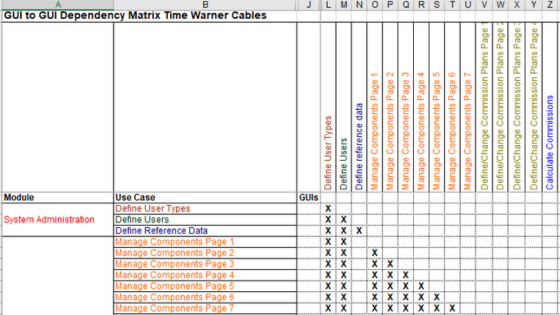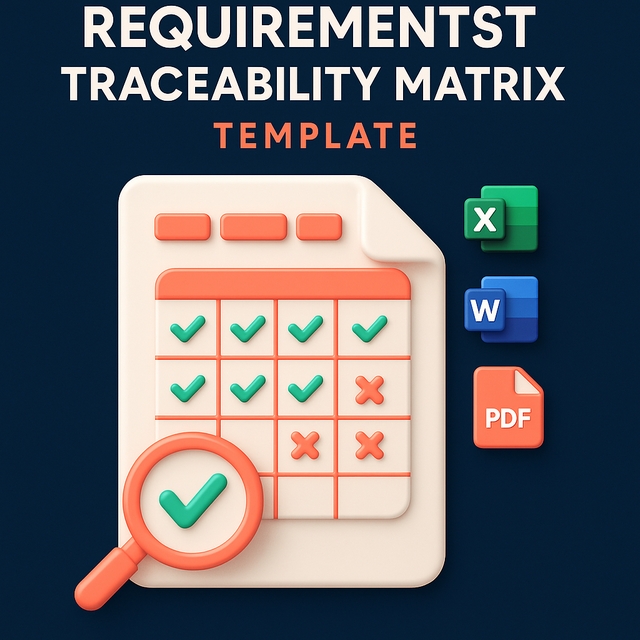Table of Contents
Test Closure Report Template
1. What is a Test Closure Report?
A Test Closure Report is a formal document prepared at the end of the testing phase of a project. It summarizes the entire test process, including execution results, defect statistics, metrics, and lessons learned. This report ensures that stakeholders have full visibility before sign-off.
2. Why It’s Needed for QA Projects
- ✅ Project Transparency: Ensures all stakeholders understand testing outcomes.
- ✅ Defect Accountability: Tracks how many defects were logged, fixed, or deferred.
- ✅ Knowledge Sharing: Documents lessons learned for future projects.
- ✅ Formal Closure: Provides official sign-off for project release.
3. Key Sections of a Test Closure Report
Your Test Closure Report Template should include:
- Execution Summary (test cases planned vs executed, % passed)
- Defect Analysis (severity, priority, closure rate)
- Metrics & KPIs (coverage, defect density, automation %, etc.)
- Risks & Mitigation (issues faced during testing)
- Lessons Learned (process improvements)
- Approvals & Sign-off (QA, PM, stakeholders)
4. Sample Test Closure Report (with screenshots/tables)
Here’s a quick example:
Execution Summary Example:
- Total Test Cases: 200
- Executed: 195
- Passed: 180
- Failed: 10
- Blocked: 5
- Pass %: 92%
Defect Analysis Example:
- Total Defects Raised: 80
- Critical: 10
- Major: 25
- Minor: 35
- Trivial: 10
- Closed: 70 (88% closure rate)
5. FAQs
When is a Test Closure Report prepared?
At the end of a test cycle or release before project handover.
Who approves the Test Closure Report?
Typically signed by the QA Lead, Project Manager, and Client/Stakeholder.
Is the Test Closure Report mandatory?
Yes, for most enterprise QA projects, it ensures project quality and closure accountability.



